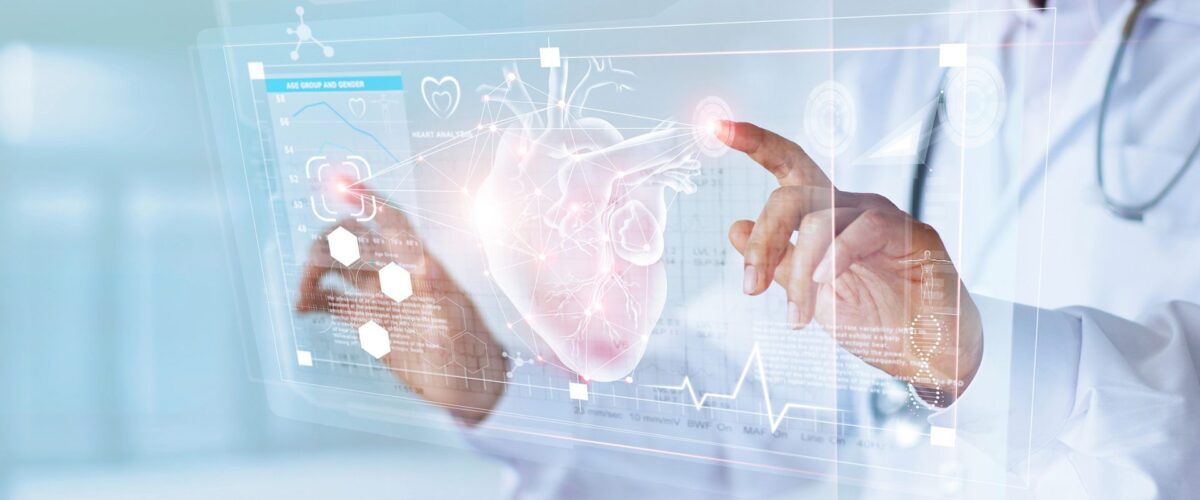The digital twin has the potential to revolutionize the future of healthcare by enabling a more personalized, predictive and preventive approach to healthcare. Using digital models of patients, healthcare professionals can simulate different medical interventions and analyze the results before performing them on the patient. This is a tool that can transform the future of healthcare. Read this article to learn more.
What is the digital twin?
The digital twin healthcare is the design of a digital model of a patient or organ. It allows the prediction of the effects of medical interventions before they are actually performed on the patient. These interventions can include simulated surgery, drug testing and other medical procedures.
In addition, the digital twin works by using modeling and simulation technologies to create an accurate computer representation of the patient or organ being studied. This process usually involves several steps, such as simulation, analysis of results and more.
What are the benefits of a digital twin?
The digital twin has several benefits on the lives of patients. Here are some of those benefits.
Personalization of care
Personalization of care is an increasingly common approach in healthcare. By using the digital twin, healthcare professionals can collect specific data about patients, such as their medical history, genetics and lifestyle. With this information, clinicians can identify the treatments that will work best for each patient, based on their individual needs. This personalization can help improve health outcomes for patients, reduce medication side effects and improve patients’ quality of life.
More Optimized Healthcare Through Informed Decisions
Informed decisions are critical to providing optimal healthcare to patients. Indeed, the digital twin can help healthcare professionals make more informed decisions. Data collected from sensors, electronic health records and other sources can be analyzed in real time to provide valuable information about patients’ health status.
In addition, this information can help clinicians diagnose diseases more quickly, assess health risks. It can also help tailor treatments to individual patient needs, improve care planning and prevent medical errors.
Improved patient health monitoring
With the digital twin, patient health monitoring can be done more efficiently and accurately. Data collected from sensors and other technologies connected to the digital twin can provide relevant information about patients’ health status, including vital signs, glucose levels and health behaviors. Clinicians can use this information to detect potential health problems before they become critical, intervene more quickly to prevent complications, and adjust treatments in real time.
Future prospects for the digital twin in healthcare
The digital twin offers many promising future prospects in the healthcare field. In addition to its usefulness in decision-making, it could be used to improve medical training by allowing students to simulate medical procedures on digital models before performing them on real patients. If you need more information about medicine, click on this link.
In addition, digital twins could also be used to improve medical research by allowing researchers to simulate clinical trials before moving on to real care. This could speed up the release of new treatments and improve the health and condition of patients.
